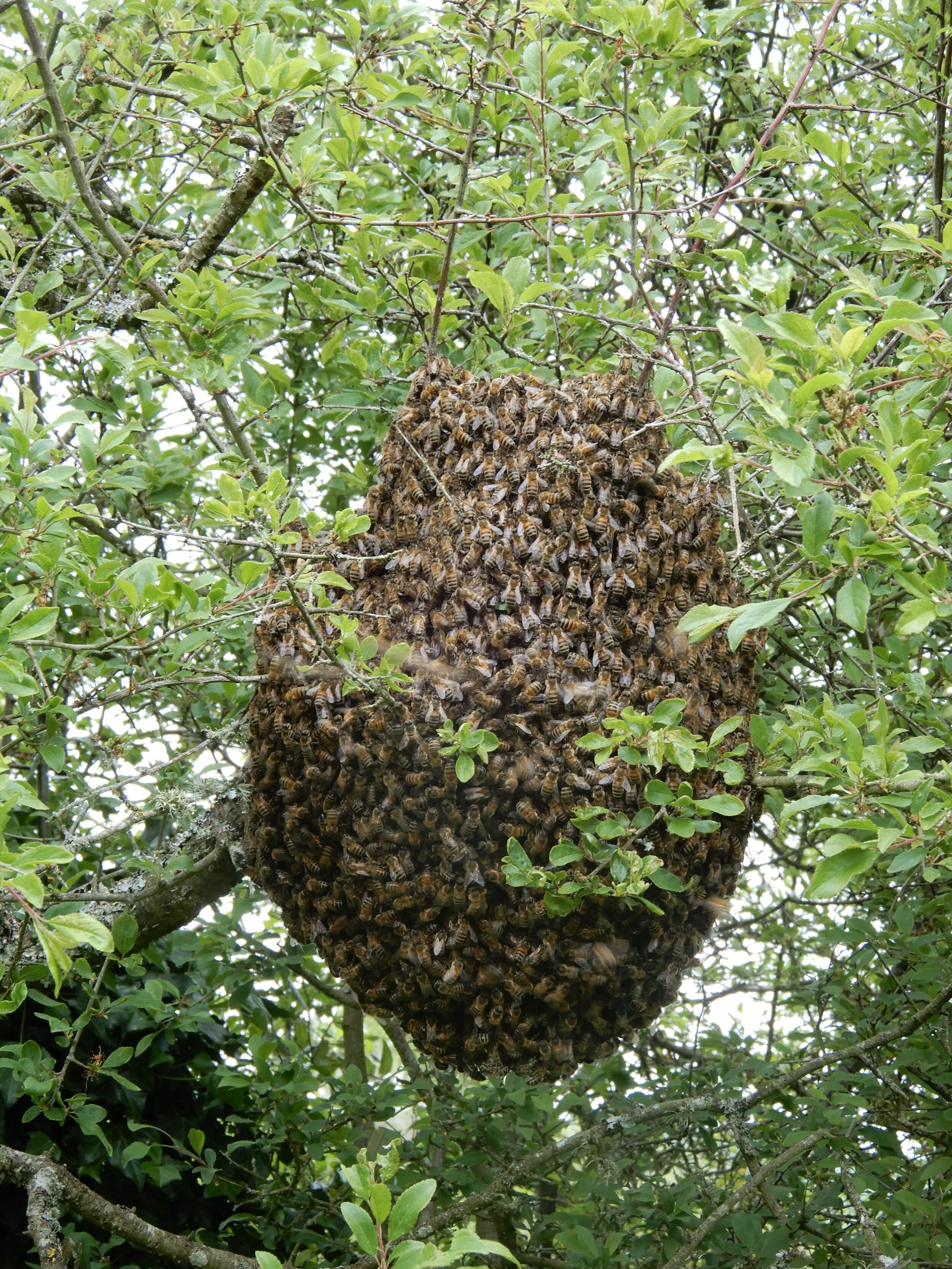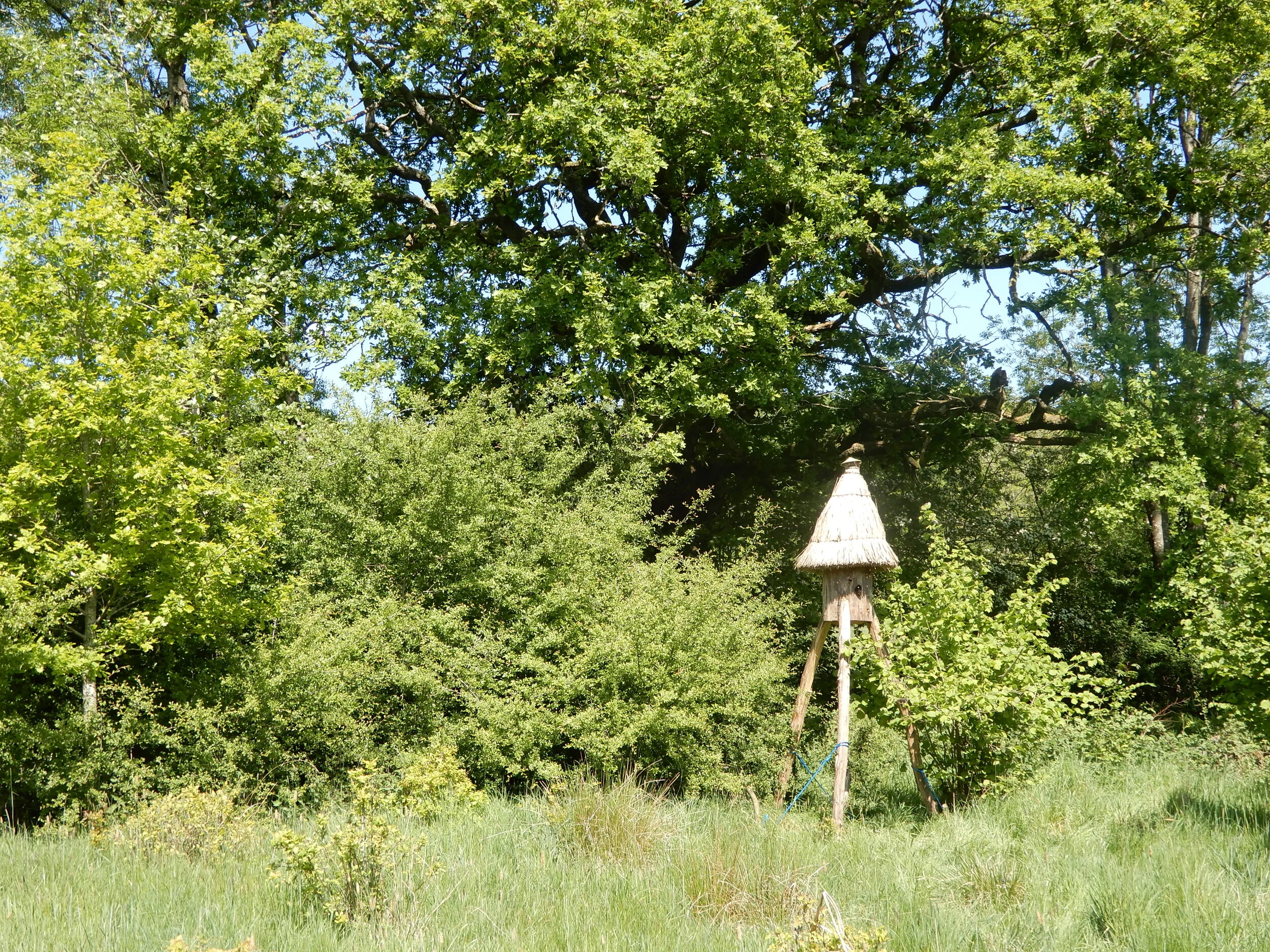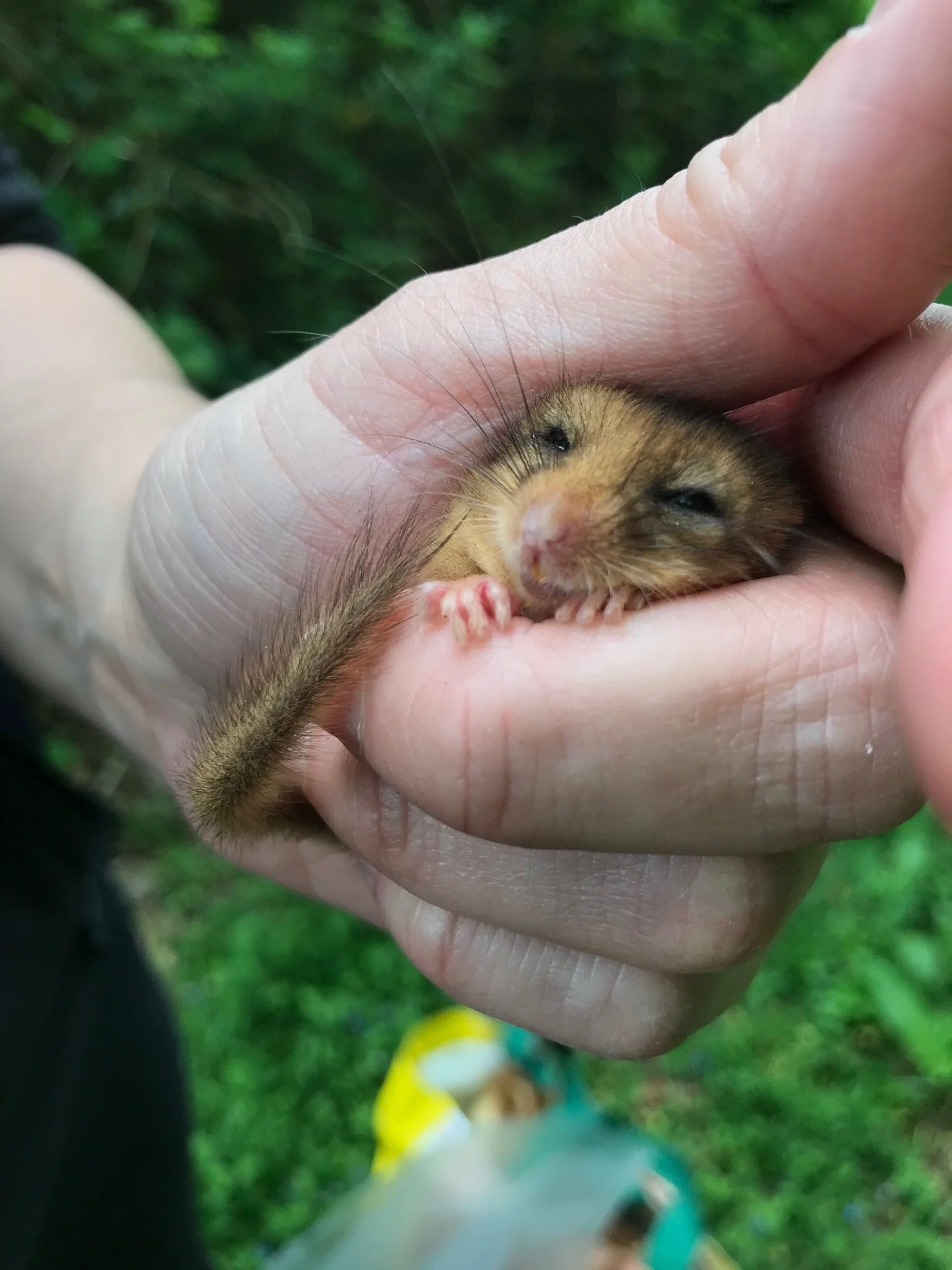What is it, The Anthropocene: The current geological age, viewed as the period during which human activity has been the dominant influence on climate and the environment.
Brush One:
Last week we started the grim job of either felling or severely pollarding the Ash trees, which run along the lane to the east of UWNR. They being destroyed from without and within by Chalara (Ash Die Back). Highways England designate that these trees have to go - they are a danger to users of the lane. 3 trees in particular were gnarled, venerable specimens, who should have been able to run their course and not fall to our chainsaws.
Dan, the highly skilled Arborist, climbing one of the old beauties….
How did it come to this?
Chalara was imported from Asia into the UK, embedded in Ash whips - a consequence of an illogical, and in this case destructive, globalised supply chain. Ash is prolific here, so why ever import? This pathogen will likely kill 95-97% of our 150 million Ash trees. 955 species of flora and fauna utilize Ash & of these 45 are obligate, i.e. they only live on Ash. When the Ash goes, they may go too - the populations becoming isolated and their genetic viability compromised. This is known as the ‘island effect’ - species live in islands isolated from their wider population. 65 species are highly associated i.e. they have a high preference for Ash.
A big thanks to Harry, Dan, Simon, Dan and Jeff who grafted!
Brush Two:
We dug the lake at UWNR in 2015. By the spring / summer of 2016, on warm sunny days, there would be upward of 50 House Martins & Swallows bathing, drinking and hunting over the lake. A wonderous riot of birds, slicing the air above the water. The following summer our good friend and brilliant photographer, Steve Hurrell, took this shot.
Each spring / summer since, we have witnessed an inexorable decline - 2017 maybe 35, 2018 20, 2019 perhaps 10 and then this year 4? 5? 6? While it is typical for Swallow and House Martin numbers to fluctuate, this year is exceptional and follows the downward trend, I have witnessed over the last 6 years. Our overuse of herbicides, pesticides and veterinary pharmaceuticals may be significant causes. Climate Change may be overly stressing these animals, as they migrate. Habitats are being lost and degraded at an alarming rate - this has to be a contributor. At the end of summer 2019, I was hopeful the decline I was witnessing was the bottom of the curve - not so. Am I witnessing an extinction - caused by us, our activities and behaviours?
In the way that these things do, pretty much on the same day that we started dismantling the wonderful Ash trees at UWNR, Boris Johnson trotted out the old trope that Newts (he really meant Nature & was probably riling against the EU Habitats Directive, which protects many species) are an impediment to his vision of Build, Build, Build.
The UK ranks 29th lowest out of 218 countries, when it comes to Biodiversity Intactness. 15% of all UK species are either extinct or threatened with extinction. The starting date for this analysis, 1970 - I was 11 years old in 1970. Current global extinction rates are far greater than background (standard) rates - some estimates put the current rate at 1,000x higher, some 10,000x This summer the Artic has been overwhelmed with abnormal heatwaves - temperatures up to 38 degrees C.
Our planet is struggling (at best), yet our leaders speak these (populist & pernicious) lines. What don’t these people get?
This week I will return to UWNR, to fell more mature Ash.






































